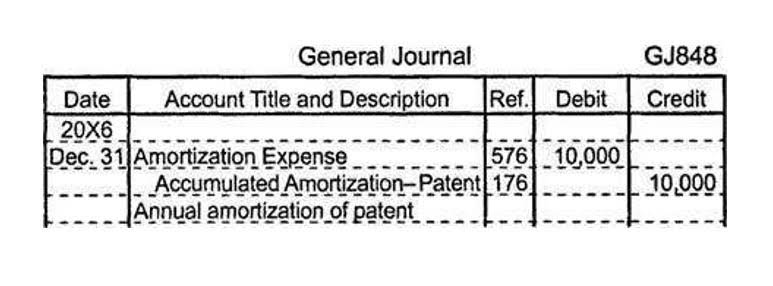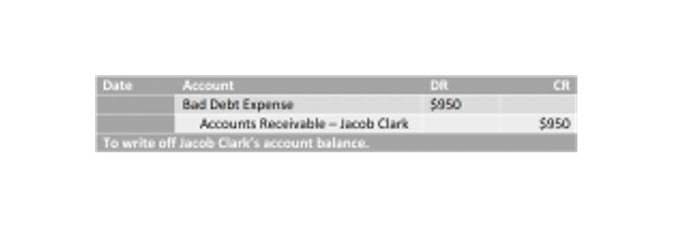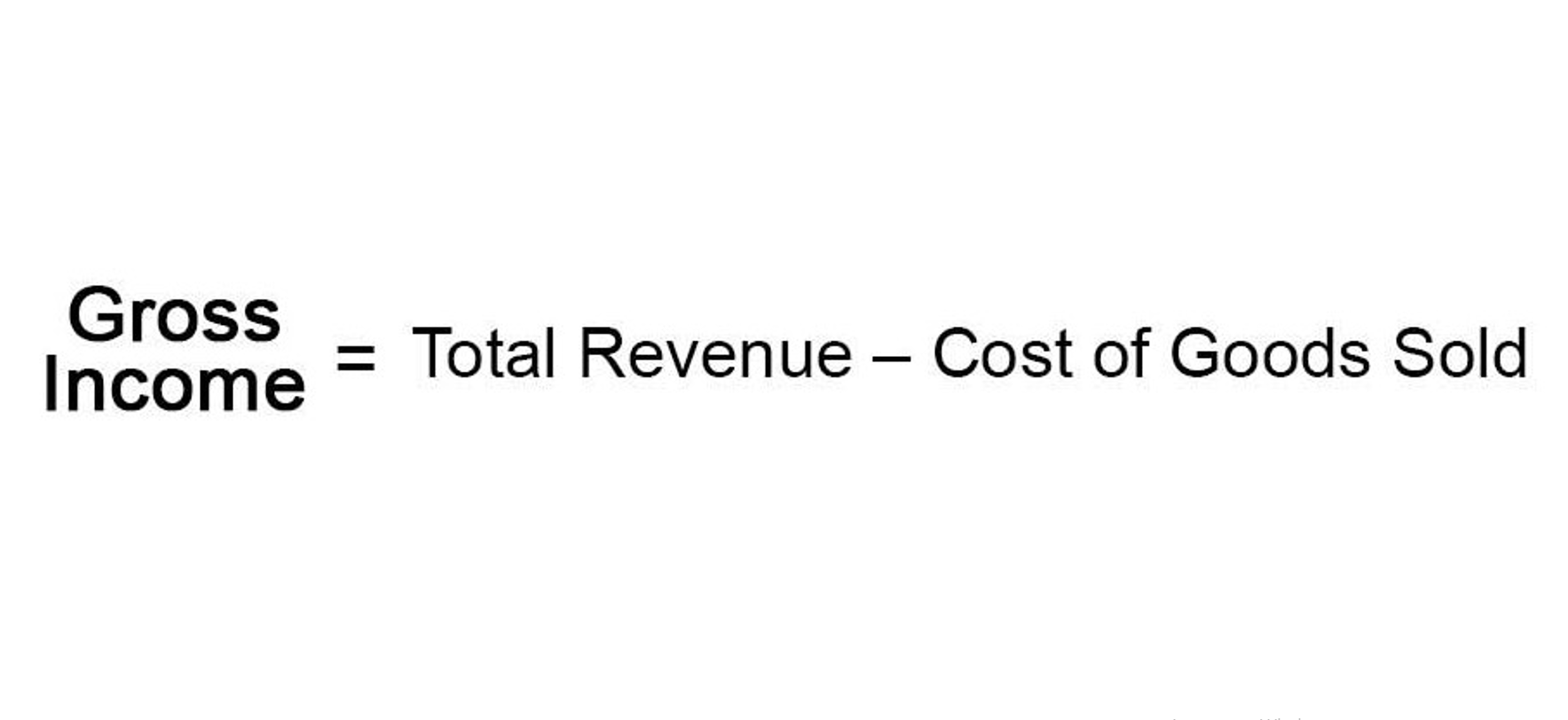
Outstanding shares represent a company’s shares that are held by investors, whether they’re individual, institutional, or insiders. Investors can find the total number of outstanding shares a company has on its balance sheet. Outstanding shares can also be used to calculate some key financial metrics, including a company’s market cap and its earnings per share.

Navigating the Calculations
On the other hand, while calculating the dilutive EPS, the denominator includes all possible conversions that can take place and increase the number of shares held by parties. Diluted EPS is always how to calculate number of shares outstanding less than the basic EPS, as the denominator in the latter is higher. Companies with options, convertible bonds, etc., disclose both basic as well as diluted EPS in their financial disclosures.
- Conversely, a reverse stock split reduces the number of outstanding shares.
- This shortcut is used to adjust the average outstanding shares for earlier years covered by comparative statements.
- A company’s stock float does not include closely-held shares that are held by company insiders or controlling investors.
- The downside of the market capitalization method is that the market cap generally includes only the outstanding shares of a company.
- Diluted Earnings Per Share (EPS) is another important metric that takes into account the potential dilution of outstanding shares from convertible securities such as stock options or convertible bonds.
- When the number of outstanding shares is changed by a stock dividend or split, the firm’s earning power is not affected.
- These individuals have no real intention of selling the stock; if they do, they must inform the public of their decision.
It shows what your stake in the company is

Treasury shares are shares held by the company and cannot be sold on the open market. Also, the figure will change when other financial instruments, like employee stock options, are converted into shares. Stock splits are generally undertaken to make the share price of the firm fall within the range of what retail investors are willing to pay. The number of outstanding shares of a company can be found on a company’s most recent quarterly or annual with the SEC, typically listed on a company’s balance sheet under the category of “Capital Stock.” An increase can dilute the value of existing shares, affecting earnings per share (EPS) and potentially impacting stock prices.
How to Calculate the Number of Shares a Company Has
- The purpose of the repurchase can also be to eliminate the shareholder dilution that will occur from future ESOs or equity grants.
- No, float—short for floating stock or floating shares—can’t be higher than shares outstanding.
- Companies typically issue shares when they raise capital through equity financing or when they exercise employee stock options (ESOs) or other financial instruments.
- Outstanding shares differ from treasury shares, which are the shares held by the company itself and which cannot be sold in the open market.
- Here’s how to find out how many shares of a company’s stock are owned by all investors.
- As a result, they have been assigned 50% weightage (6/12) when calculating the WASO.
These individuals have no real intention of selling the stock; if they do, they must inform the public of their decision. These shares are effectively locked up and not going to be available to the public (at least in the short term). This is due to a multitude of https://www.bookstime.com/articles/what-services-are-provided-by-accounting-firms factors, like the firm issuing new shares, repurchasing shares, or retiring shares that already exist. Lowering the number of these shares may inhibit liquidity, but it may also deter short sellers from the stock because of the difficulty of borrowing the shares.
HOW THE MOTLEY FOOL CAN HELP YOU
Overall, the number of shares outstanding, the metrics you can calculate from it, and related metrics — like the float — provide key insights to investors. Here, the balance sheet reports 8,019 million shares issued and 3,901 million treasury shares, as of September 30, 2022. The outstanding shares figure is useful to know for an investor that is contemplating buying shares in a company. Dividing the number of shares to be purchased by the number of shares outstanding reveals the percentage of ownership that the investor will have in the business after the shares have been purchased. Shares outstanding are used to determine a company’s market capitalization, i.e. the total value of a company’s equity, or equity value.

How to Calculate Outstanding Shares: The Basics

